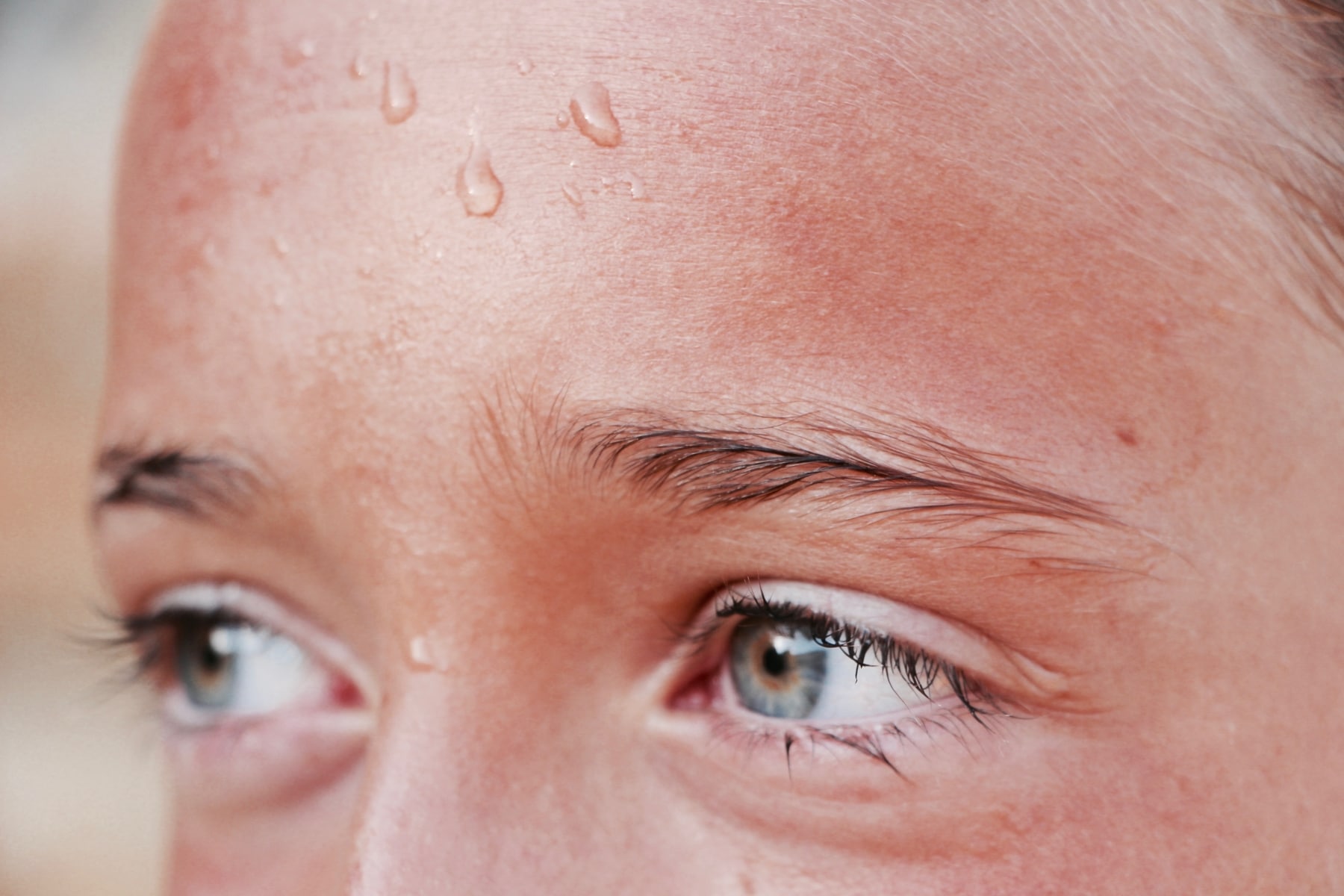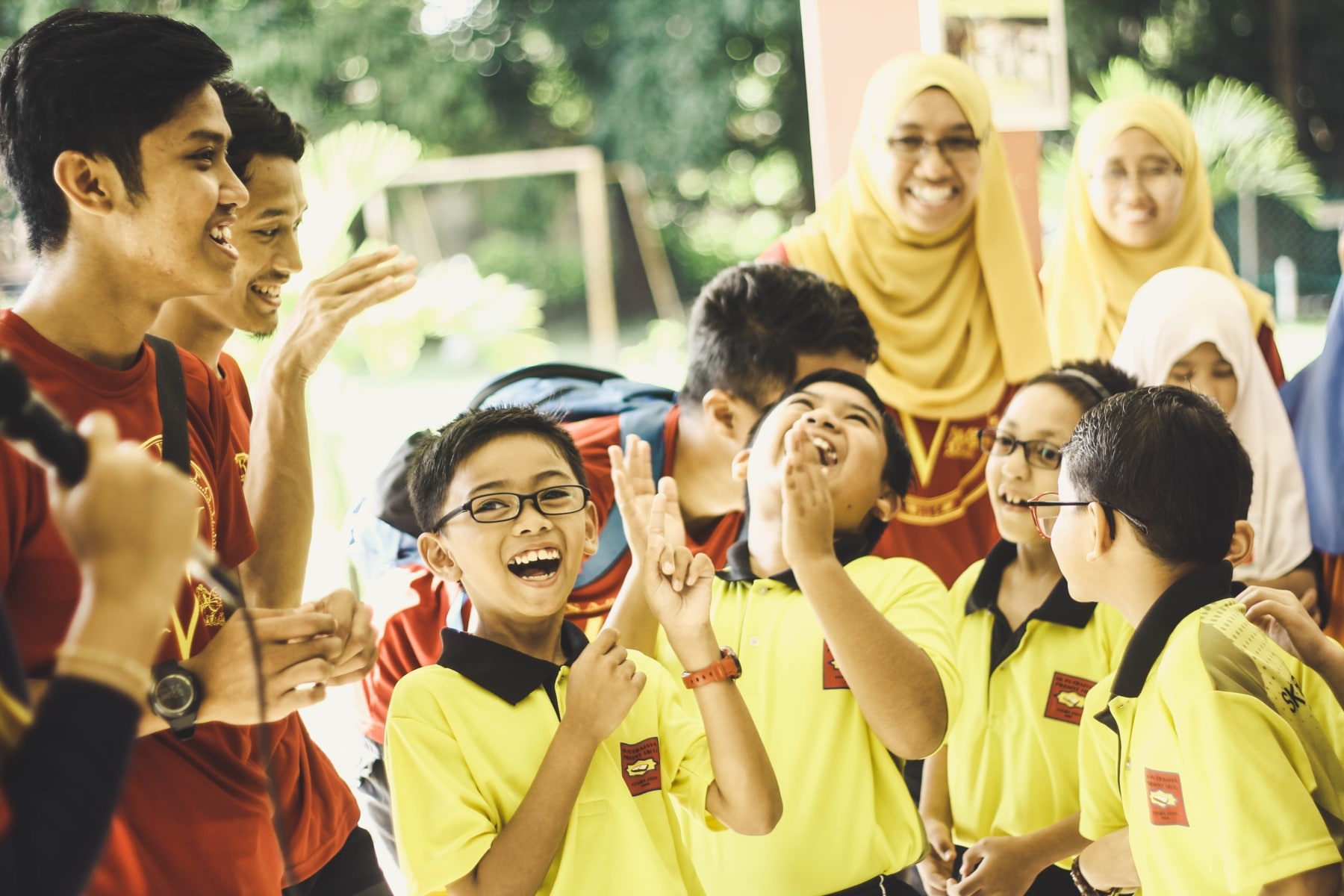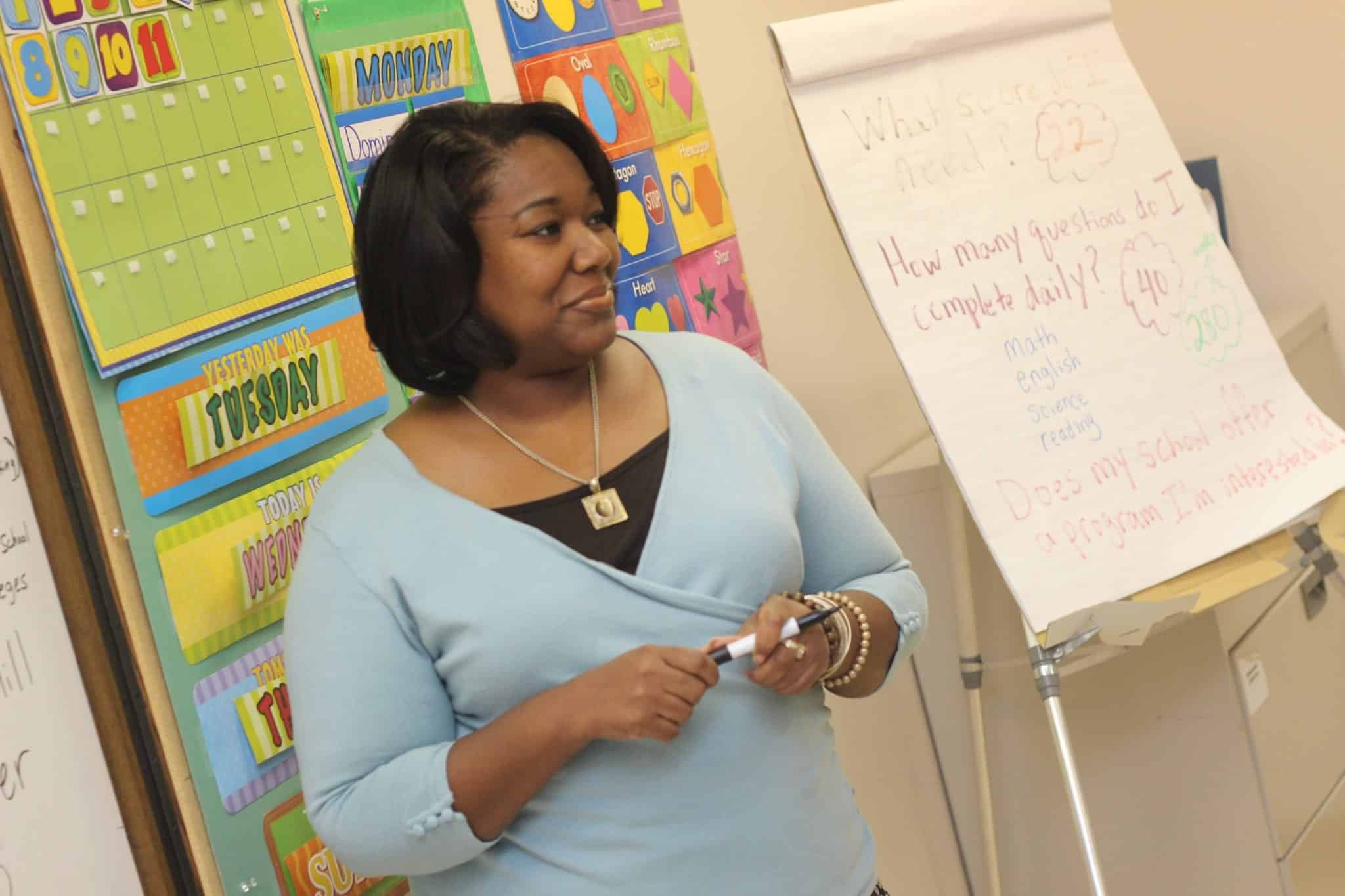10 Lessons About Education News in 2019
Updated: June 19, 2024
Published: July 28, 2019

Some issues in education always remain: charter schools, education funding, special education, standardized testing. But this year in 2019, we’ve already learned of some new lessons in education based on news and research from the year so far. Here’s the 10 most interesting things we have learned from education news in 2019.
1. Let’s Give Struggling Students Extra Learning Time

Photo by Pixaby from Pexels.com
Two recent studies reported that students may benefit from extra learning time over school holiday breaks. Middle school students in nine low-achieving Massachusetts schools were brought in for extra classes during spring break and the results proved positive. These programs focused on math and amounted to an additional 25 hours of math study, or an entire month of school. Students who participated in the extra learning program were much more likely to score proficient on state exams that year and were less likely to be suspended after completing the program.
The Bottom Line: While this may seem like a promising program for students on the cusp of academic success, it can be an expensive program for schools to fund. Also, this program was offered to students who were thought to benefit from the program and it is unclear if the program would be as successful for all types of students.
2. Trending Education News: Air Conditioning

Source: Unsplash
Installing properly functioning air conditioners in classrooms will boost student success. In studies done on human performance and temperatures, Harvard University found that taking an exam on a 90 degree day, compared to a 72 degree day, led to a 12.3% higher chance of failing a subject exam and a 2.5% lower likelihood of on-time high school graduation. Teachers often complain that is very difficult to teach and for students to learn on hot days, yet 66% of school districts in the U.S. report that classrooms do not have access to air conditioning.
The Bottom Line: As a student, try to cool down any way you can if you’re dealing with studying in hot conditions. Try to schedule exams in cool areas, such as an air conditioned room or test center, and if possible, avoid taking tests on extremely hot days.
3. K-12 Education News: Holding Students Back a Grade Doesn’t Work

Photo by Pixaby from Pexels.com
A recent study done in Texas found that students who were held back one grade were much more likely to drop out of high school: by a whopping 2.67 times! The study was done over 14 years and followed 784 students from first grade until high school completion and found that grade retention in elementary school doesn’t boost academic achievement and makes students less likely to finish high school. Not only that, but it is an expensive way to deal with struggling students: the cost per student for 2016-17 was $10,360, bringing the total cost to $384 million for the year.
The Bottom Line: While holding students back has been a method of trying to help struggling students for decades, it might be time to stop. There are plenty of other assistive programs for students to catch up with peers that cost school districts less, and that may even increase high school completion rates.
4. Students With Familiar Peers And Teachers Perform Better

Photo by Kobe Michael from Pexels.com
Lately, there has been a push in elementary education for teachers to be specialized in a subject, and teach that subject to many students. This means that one elementary student would have many teachers and classes throughout the day, similar to what is typically seen in high schools and middle schools. This is thought to increase student achievement by exposing them to a better understanding of topics taught by more expert teachers, as well as making it easier on teachers to only prepare one subject. However, a study done in North Carolina shows the opposite: that students performed better on various subjects taught by the same teacher. Another study went even further to find that students who maintained the same teacher for multiple years in a row had greater levels of academic success.
The Bottom Line: School districts should place more importance on looping — the process of keeping students in a cohort for two years with some of the same classmates and the same teachers who know their strengths and weaknesses. This is a very low-cost way to increase student achievement.
5. Higher Education News: College Admissions Are Changing

Photo by Pixaby from Pexels.com
College admissions usually rely on the same cookie cutter method: submit your essay, your standardized scores, your transcripts, fill out your school and extracurricular information and submit the application fee. Today, things are changing. There is a new urgency to add projects to the admissions criteria, which will give students who typically might get pushed aside in the application process the chance to shine. Online universities offer alternative admissions requirements. University of the People mission is not to turn any student away due to financial reasons and accept applicants who have completed high school, are English proficient and at least 18 years old for bachelors and associates degrees.
The Bottom Line: If this shift continues and gains full force, it could have an incredible ripple effect for high schools. Students will be focused on community service and outside projects where they will be able to show their leadership, independence and creativity in ways not typically displayed in a transcript or through test scores. For more predictions about how higher education will change, click here.
6. Current Issues in Education: Consent Should Be Taught in Schools

Photo by Pixaby from Pexels.com
Consent is a hot topic these days, and it’s about time! With the recent Me Too movement that gained international attention, people are starting to wonder, why isn’t consent taught in schools? Sexual education is a part of the curriculum beginning in elementary school. But consent is completely left out. Disaster planning is more commonly taught — how to avoid date-rape drugs, pregnancy and sexual predators. But what about sexual harassment, catcalls, and the things that most if not all people deal with on a regular basis? What if we were to teach our young citizens the appropriate way to treat another person sexually, and how to respond in uncomfortable situations?
The Bottom Line: Sex Ed in schools needs a reboot. Sexual harassment and predation is not limited to extreme circumstances such as date-rape drugs. It is a part of our everyday lives in schools, work and in extracurricular activities and people should be taught early how to treat others with respect at a young age and how to respect their own bodies.
7. Testing and Grades: How Teachers and Parents Have Differing Views
The question remains: when will we ever be done with standardized testing? Teachers disapprove, and superintendents have been speaking publicly about the need to do away with this outdated method. Negatives of standardized testing include the lack of individualism, potential for test anxiety, and undue pressure on teachers to get students to perform well. The reason why these tests are still around is that overall, parents, and some educational professionals still view standardized testing as the most unbiased way to measure progress.
The Bottom Line: Until there can be a universal way to test for students’ knowledge and mastery of a subject, standardized testing remains on the table. The next question is, what levels of importance should we be putting in these tests?
8. A Whole-Child Approach in STEM

Photo by Iqwan Alif from Pexels.com
The whole-child movement is an approach which embraces all aspects of human growth — not just academic growth. Recognizing the importance of physical, artistic, social/emotional and identity development in curriculums will have a big impact on the future of STEM. The whole-child approach urges schools to ensure that in addition to meeting measured academic goals and achievements, schools are committing themselves to offering a safe, healthy, mindful, engaging, supporting and challenging environment for students.
The Bottom Line: When building a curriculum, policy-makers, teachers and tutors should include all aspects of human development in STEM classrooms. This will undoubtedly increase children’s engagement in the subject matter, understanding of the material, and interest in pursuing a STEM career.
9. Public Education News: Teacher Shortages – Teachers Quitting at Record Levels

Photo by Martin Lopez from Pexels
Teachers on strike is nothing new. There are strikes in many countries around the world annually, with teachers citing reasons such as low pay and high-pressure policies. In the United States in 2018-19, over five states have school districts on strikes. Teaching remains one of the lowest paid professions compared to others that require similar education and experience. Teachers are forced to work other jobs to make ends meet — 59% of teachers report having to work a second job. Classrooms are underfunded, and 89% of teachers admit to using their own personal income to supply their classrooms. This leads to quality teachers going into other professions, and leaves students worldwide with an education system that is lacking.
The Bottom Line: Voters and policy makers will have to think hard in the near future if they want quality teachers to stay in the profession. This will likely mean an increase to education funding in order to equip classrooms with satisfactory supplies, and to increase teachers’ salaries.
10. Teachers Mentoring Other Teachers

Photo by nappy from Pexels
Is teacher mentoring really worthwhile, and can good teachers actually pass their ‘good teaching skills’ to other teachers? Or is it an innate ability that cannot be taught? A recent study has proven the former — which is great news for teacher training programs worldwide. The study shows that when newer teachers are paired with experienced teachers, students’ test scores increased. It was also found that if the mentoring teacher scored high in classroom observation metrics, the mentee teacher also scored high in observations.
The Bottom Line: Mentorship programs aren’t new, and while teachers helping teachers may not seem like a new and exciting idea, previously the effects of mentorship in teaching have been doubted. With this newfound research, experienced and quality teachers should be more willing to take on newer teachers as mentors, and hopefully new teachers will be more willing to accept mentorship from veteran teachers.
With hot topics in Early Education, K-12 Education and Higher Education running wild in the news, it is clear that some things may change in the near future. Hopefully the news will help to steer education systems internationally in the right direction, and offer a positive change for our global community.
